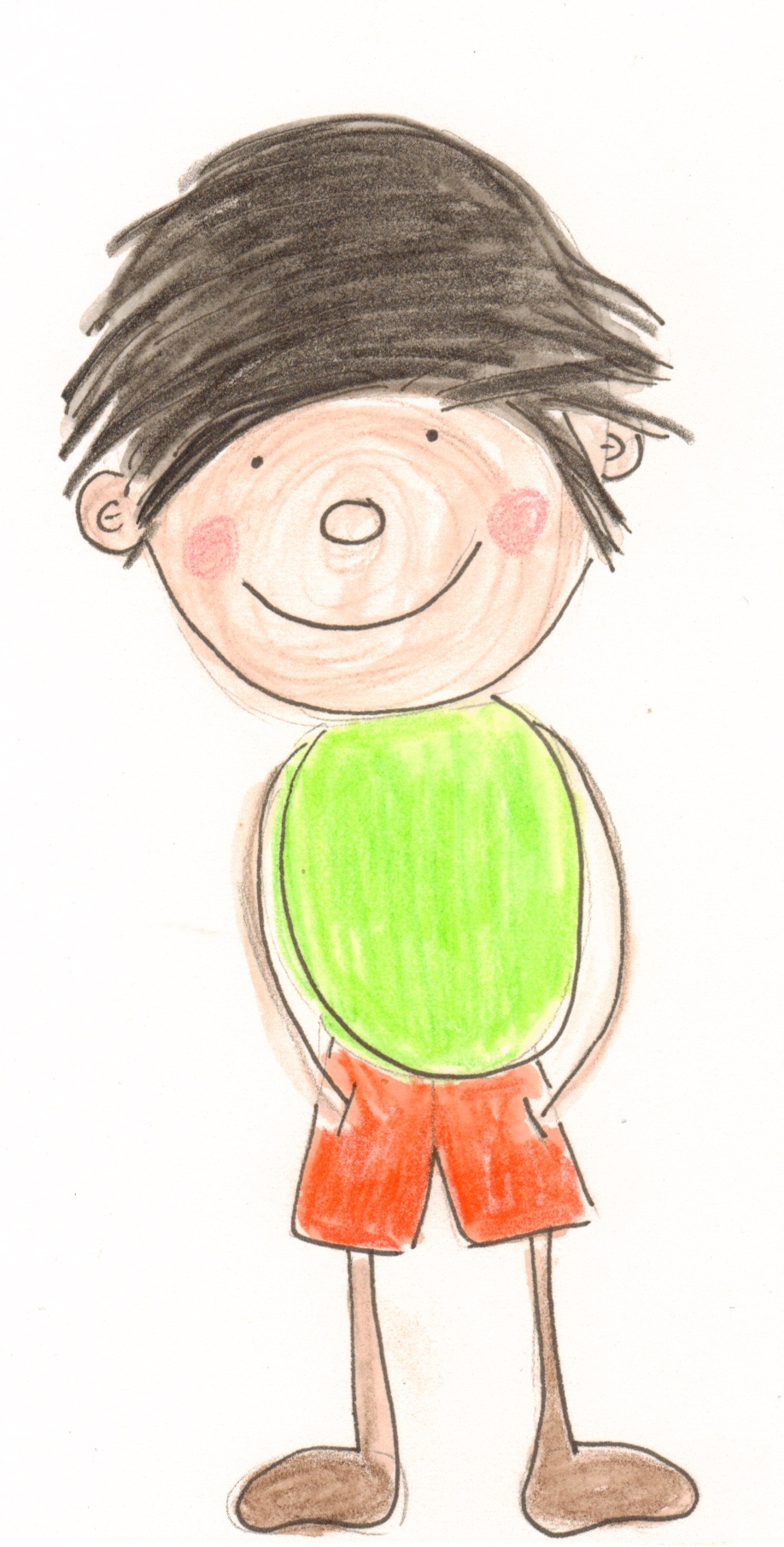“Take care of balance: settling ins are hard work. Refuel strength in your spare time. Do things that are good for you. Take care of your health. You need your energy.”
Practical Tips During The Settling In
Tips that can be used when it comes to settle in a new group with focus on having children with different cultural backgrounds at the beginning with one parent present. This practice may not be common in some parts of Europe with the parent present.
“The child determines the pace of settling in, not the impatience of the educator, nor the schedule of the parent(s)! ”
Engaging Young Children: Some children are easily engaged, they can walk into a classroom and find a ball or a marker or something that they want to play with. The play aspect is the most important part of a successful settling in, because if a child can engage in any way with materials, with or without the parent there, there will always be a way to help them. Focus on the items the children engage in and put out exciting provocations for them to discover. They don’t have to be a lot, but even contact paper on a light table or pom-poms, dolly pegs, and stacking materials. A couple of enticing items will be key when a child separates from their parent because the goal will be to comfort them, as well as let them know that this environment is one that’s great for exploring. This doesn’t mean the children must engage immediately, however, settle the children in with engaging with the room as the goal in mind.
Go with the flow and adapt: Children have their own daily rhythm. For example, a child who is tired will have a harder time adjusting to an unfamiliar environment than one who is well rested. Over time, the children naturally adapt to the rhythm of the kindergarten. For Dominik, his educators may see that he is not connecting with an educator and can discuss with each other how to approach this in the next days. Perhaps he needs to take a moment with an educator in the cosy corner or wants to be by himself there. If he needs more or less, this is the time to observe and figure out what that is. He may benefit from small group play. Take a group outside and leave him with 2 or 3 children and one educator to play in a more monitored environment so that he can see how it works and feel encouraged to engage.
Keep calm: The same applies here for both the educators as it does for the parents. Children are very sensitive to the mood in their environment, they notice when a parent is worried or afraid. They also feel when their educator is stressed or insecure. Breathe in, stay hydrated, take a break.
Accept the feelings of the children: Do not let a crying child make you nervous. Settling in is a difficult time for the child. Do not expect too much from the child, the parents or yourself. When a child cries, attempt to see what they need, perhaps it's a hug, maybe they want to go to a peaceful place and calm down independently. Maybe they are not yet able to engage in activities independently, so offer them a few options of materials to explore and sit with them. Attempt to engage the child before going straight to cuddles or carrying. If carrying a child, be sure you are also engaging them in something, discussion of what’s going on, showing them a toy, this helps them to know that it’s ok to have their feelings, and they have a variety of options of how to express and work with them. Dominik’s mom, along with all parents, needs to be told that he will cry when she leaves, but he will be ok, and if she doesn’t feel comfortable with that, it will be important for the parents and educators to talk so that Dominik’s feelings can be his and not those transferred from his parents.
Have a sense of humour - Keep it light: Sometimes it is simply not possible to be master of the situation - for instance, when 4 children are all clinging to your lap at once and want to be hugged, when everyone in the room is crying and screaming. However, this situation can also sometimes be avoided when appropriate relationships are formed, and the children feel that all the teachers can offer what they need. Keep calm and take it step by step - one child after another. Sit on the floor or lie down on the carpet, separate the children into smaller groups. It’s also okay to just break out an instrument or some music and scarves to bring the children together with a calming activity. Music is always helpful, and if the educators go with the flow and keep the energy relaxed the children will feel this as well. The more laid back and understanding the educators are, the less of a chance for a high energy, stressful teary situation. And if that still happens, just roll with it because the longer the children are in your care, the more you will learn what they need to help them adapt to this new environment. Make room, breathe, make yourself small, ventilate, offer something to eat and drink.
In the beginning - Less is more: Do not plan big activities. Just be there, talk, sing. As long as the child is still engaged in building relationships, there will not be much additional energy or possibility to do anything above and beyond this. Concentrate on building up trust!
Create continuity: Keep a daily structure. Do not offer too much at the beginning. The child should be allowed to go one step at a time. Rituals, rules and rhythm help the child to orient and feel safe. Having one or two key routines set from the beginning (i.e.: a hello song, and a snack) will help the Dominik to be able to predict his day and feel more comfortable with separating because he knows what will be happening next. Using visuals can also help children even at the age of 1.
The room as the third educator: A well-designed room is worth gold. Try to create a friendly, inviting, structured and movement-friendly interior design. In this sense, Dominik may not know what to do in the room because things are so foreign to him. However, if there is an area that is clearly a place for building with blocks and Lego, he knows that he can find those items in this area.
Avoid further burdens: This applies both within the family and in kindergarten. For example, make sure that during the acclimation period, the group rooms should be off-limits to any other strangers. Opening and closing the same door through which the parent(s) left may provoke great sadness in the child. An additional foreign face can be very hard for them to understand
Ensure continuity: let parents decide in advance who will accompany the child throughout the ENTIRE acclimation - just one person is ideal. (However, flexibility here is important as well. Perhaps in Dominik’s situation, it can be discussed that dad should take over the settling in because mom is too emotional, and this is making it impossible for Dominik to separate from her).

